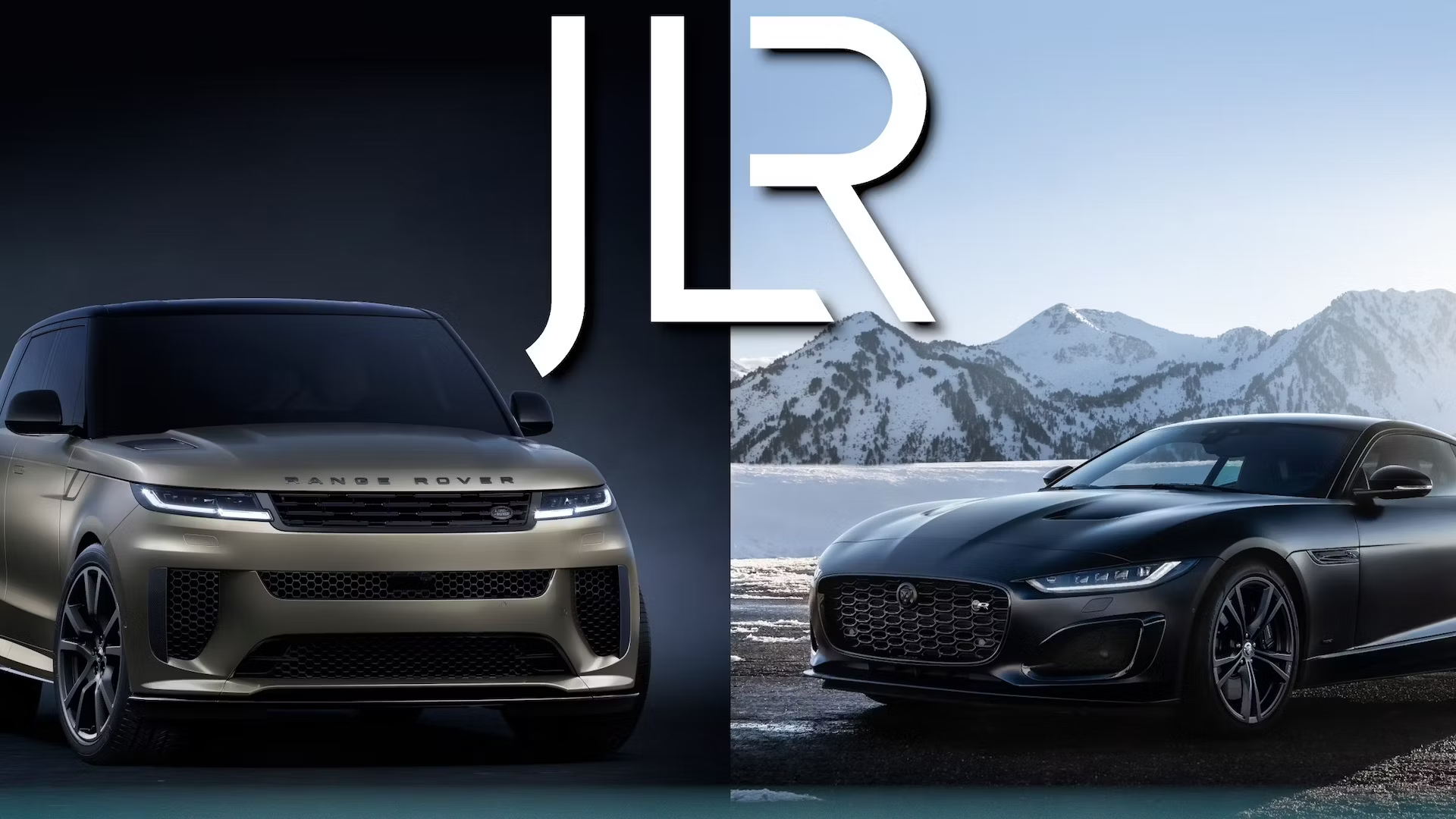Jaguar had plans for a new EV XJ, but stepped away after most of the development work had been done at a nine-figure cost. Now, again, the entire existing range is to be replaced by much more expensive EVs.

Jaguar gets to have its name first in Jaguar Land Rover, but in almost every other regard the English brand has long since been the minority partner to its SUV-making sibling. Last year JLR announced it was going to split Land Rover into three separate divisions for the purposes of sales and marketing – Defender, Discovery, and Range Rover. It’s a decision that would seem to send Jaguar even further down the corporate pecking order.
In sales terms, the difference is stark. In the year ending last March, Jaguar sold just under 43,000 cars globally, while the combined Land Rover brands managed nearly 280,000. In the U.S. the gap is even greater in percentage terms, with 8000 Jaguars finding homes compared to 66,000 Land Rovers. On those numbers, Jaguar sits third out of four in Jaguar’s ‘House of Brands’, only outselling Discovery in the States. Volumes have declined catastrophically since 2017 when Jaguar moved 179,000 cars around the world, nearly 40,000 of which came here.
But even more radical change is on the way. Back in 2021, JLR announced that Jaguar would become an EV-only brand by 2025, with a range sitting on an all-new platform unrelated to the one underpinning the existing i-Pace EV. And for that to happen the entire existing range is set to die. At the moment five cars are still on sale in the U.S. – the XF sedan, E-Pace and F-Pace crossovers, F-Type roadster and coupe and the electric I-Pace. R&T recently got to sit down with Joe Eberhardt, JLR’s North American President and CEO, and got him to talk us through that process.
Eberhardt says the F-Pace represents the majority of ongoing volume, with the F-Type still selling well – despite the fact production ended last year. XF, E-Pace and I-Pace are already “very small” according to Eberhardt.
“The majority of our products cease production in June, but they will be on sale for a much longer time,” he said, “we will have a production schedule that enables us to have a continuous supply of vehicles until the new cars come … We’re trying to time it so we have enough volume to take us through to the launch of the new product and have a clean handover. Whether it will be as perfectly planned as that, we’ll see – maybe we’ll sell out more quickly, or maybe it will take a little longer to sell through the current inventory. But the plan is to sunset the current product portfolio and then launch the new ones.”
Jaguar is planning to launch three models on an all-new platform dubbed JEA (Jaguar Electric Architecture.) The first will be a four-seat GT that the company promises we will see later this year, and which will be reaching buyers in 2025. So far Jaguar has issued a single teaser rendering and said that the new model will have a range of up to 430 miles (presumably under the European WLTP testing methodology) and a base price of over $100,000. It will also be the most powerful Jaguar road car of all time, meaning a power output north of 575 hp.
Confusingly, Jaguar got most of the way to creating something very similar before, with a fully electric XJ that was cancelled in 2021, after most of the development work had been done at a nine-figure cost. The official reason for that decision from JLR’s then-CEO Thierry Bolloré was that the XJ “did not fit with our vision for the reimagined brand.” The new car will be completely unrelated to the canned one, with styling that has been created under the direction of JLR’s Chief Creative Officer – and long-time Land Rover design boss – Gerry McGovern.
Making Jaguars more expensive and ditching the existing range also threatens to reduce production numbers even further. According to a Autocar, total Jaguar production could be as low as 50,000 globally across the three models.
“Obviously we don’t want to leave anybody behind, especially since the brand has such a history,” says Eberhardt, “but there does come a point where you just need to focus on the future. It may not be a brand for everybody, and that’s by design … I can’t tell you exactly what percentage of current Jaguar owners we will leave behind, but clearly given the positioning of the brand and the vehicles we will lose some clients along the way. It’s a difficult decision to make, but brands need to be focused and to decide what their purpose is. We just knew that we didn’t want to be another volume luxury brand, that is not something that aligns with the Jaguar philosophy.
The number of Jaguar dealers in the States has already started to fall, Eberhardt saying that more than 40 have already voluntarily surrendered their franchises. Future plans are that all will be integrated with the Land Rover franchises selling the other three ranges. “We will probably have between 120 and 130 that have all four brands, and then a smaller number – between 50 and 70 – that only have Defender, Discovery and Range Rover,” says Eberhardt.
Against wider trends, Jaguar won’t be offering direct sales in the U.S, with Eberhardt confirming that the new generation of cars will be sold exclusively through dealers. But anybody wanting one of the final combustion-powered Jaguars, or to spend less than six figures on one of the brand’s cars, definitely should not delay acting on the dream.
Leave a Reply